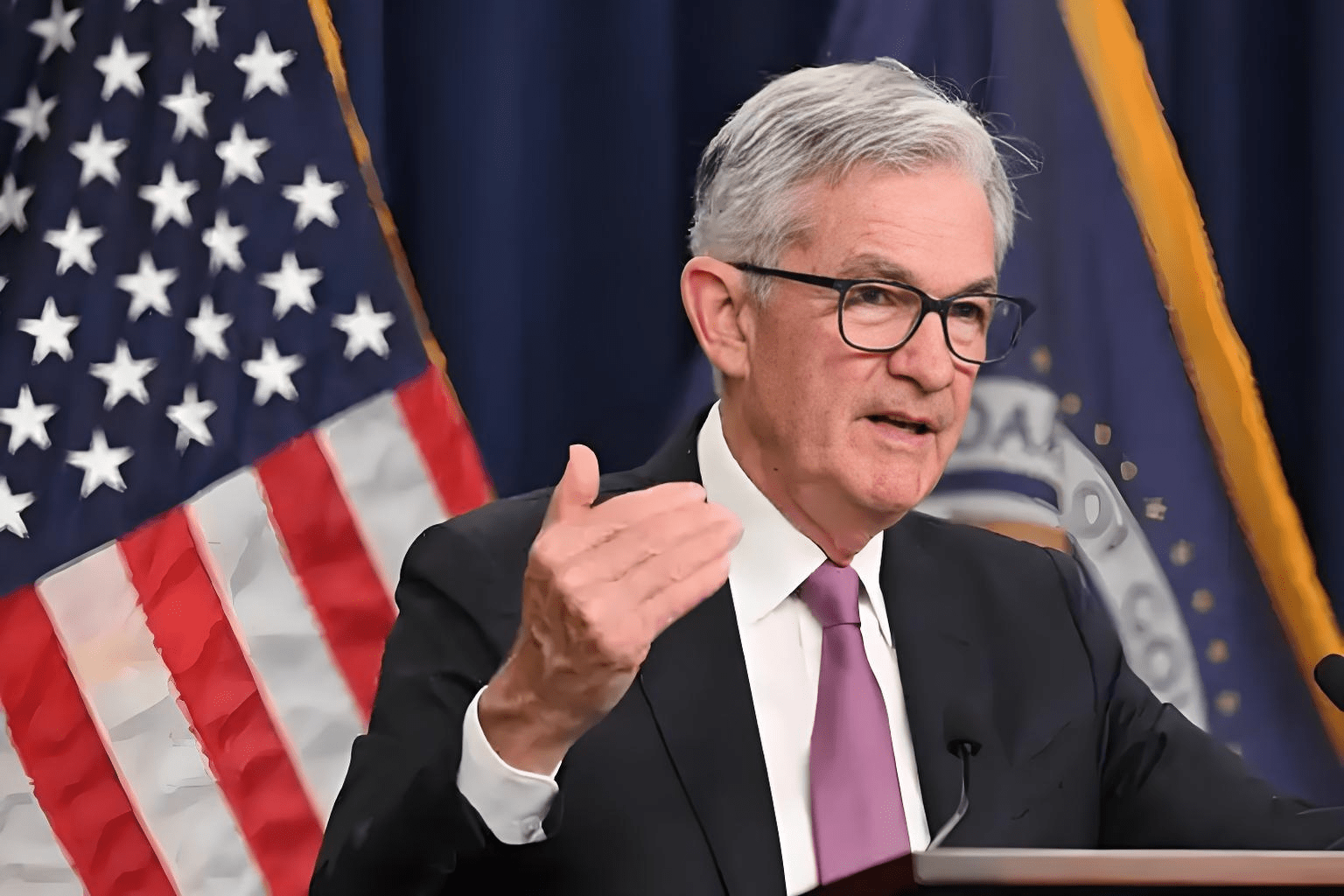In the ever-changing dynamics of Wall Street, Federal Reserve Chairman Powell's latest remarks were like a bombshell, instantly cooling the heated atmosphere in the trading hall, shattering the market's eager hopes for a rate cut mercilessly.
I. Tariff inflation: a quietly approaching hidden crisis

- The manifestation of lagging effects: Powell publicly acknowledged for the first time that the impact of tariffs on prices has quietly seeped into consumers' lives, and American households are beginning to feel the pressure on their wallets, with daily shopping expenses quietly increasing.
- Future impact warning: He sternly warned that subsequent inflation data will more clearly expose the deep power of tariffs, 'more shocks are on the way,' and consumers must be fully prepared for this prolonged inflation battle.
- The mystery of transmission speed: The Federal Reserve found that the speed at which tariffs push up prices is slower than predicted by models; this inflation 'marathon' has just begun, and its subsequent development is full of uncertainty.
Faced with this slow yet stubborn inflation situation, the Federal Reserve chose to hold steady, viewing it as the best strategy to resist temporary tariff-induced inflation. Powell emphasized that the central bank's maintenance of stable interest rates demonstrates full confidence in the economy's resilience.
II. Fiscal policy under scrutiny: Trump's tax reform 'slaps back'
Mentioning the hallmark policies of the previous administration, Powell pointedly noted, 'The so-called stimulus measures did not show significant effects at the macroeconomic level.' This sharp assessment publicly questions the actual impact of Trump's tax reform on economic growth.
More notably, he took a tough stance on government debt, clearly stating: 'When we formulate interest rate policy, we are never influenced by changes in federal borrowing costs.' This statement completely delineates the boundary between monetary policy and fiscal deficits, reflecting the Fed's refusal to 'foot the bill' for the ever-expanding national debt, and its concerns about the sustainability of fiscal policy.
III. Market turmoil: rate cut expectations 'collapse'
The most direct impact of this speech on the market is the comprehensive rewriting of rate cut expectations. Powell firmly stated that the likelihood of a rate cut in September has sharply decreased, and the high-interest-rate environment will persist longer. Data from the Chicago Mercantile Exchange shows that traders' bets on a rate cut in September plummeted by more than 40 percentage points.
Rick Rieder, BlackRock's Chief Investment Officer for Global Fixed Income, pointedly remarked: 'Powell has directly closed the door on recent rate cuts; he is reminding the market that the shadow of inflation has not dissipated, so don’t be too naive.'
When Powell openly questioned the effectiveness of fiscal policy, Wall Street instantly sounded the alarm. Powell's dual impact not only reshaped the direction of interest rates but also clearly revealed that the U.S. economy is deeply entrenched in a dual dilemma: persistent external tariff inflation pressure and the questioned effectiveness of internal fiscal policy.
As the Federal Reserve remains steadfast in a 'wait-and-see' stance, consumers and businesses may embark on a long and costly journey. This inflation drama woven by tariffs and debt has just begun, and how it will unfold in the future is undoubtedly a major suspense in the global economic arena.
Behind Powell's stern statement, the game of central bank independence and policy effectiveness is becoming increasingly intense. Former Treasury Secretary Summers commented meaningfully on social media: 'In the toolbox of monetary policy, timely silence is often the most deterrent weapon.' This economic drama surrounding monetary policy, fiscal policy, and the direction of inflation is continuously playing out under the watchful eyes of global investors, and its trajectory will profoundly affect the global economic landscape.
#白宫数字资产报告 #鲍威尔讲话 #何时降息 #美联储利率决议 #上市公司加密储备战略 $BTC